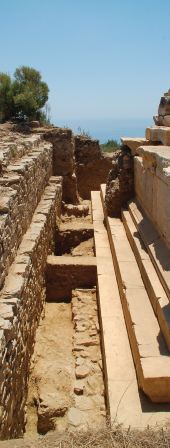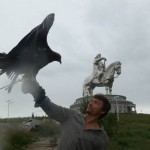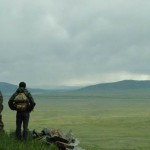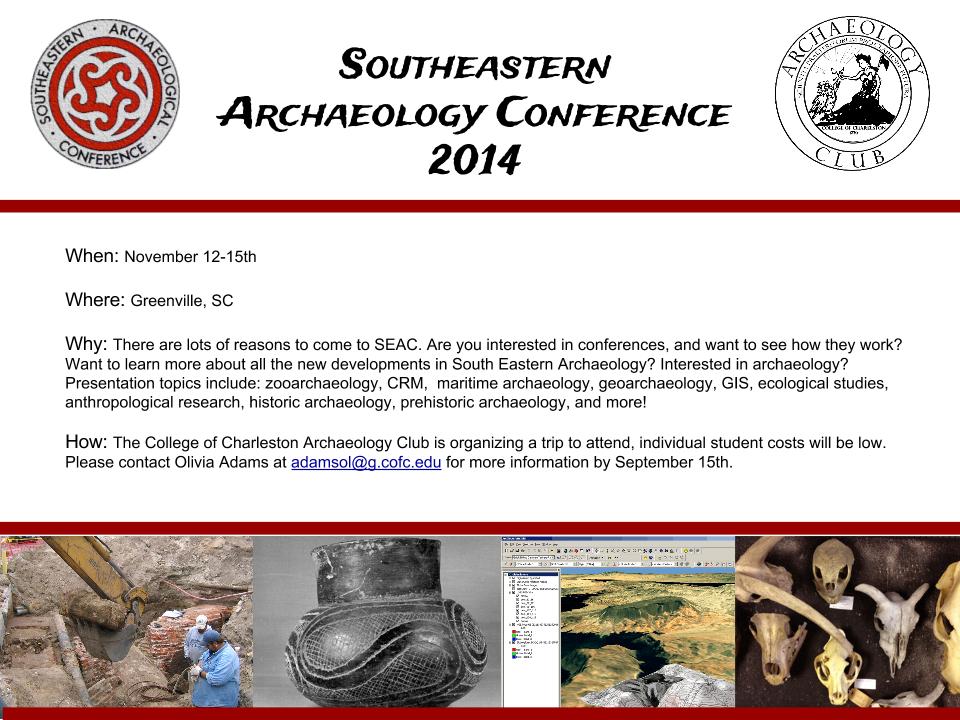Archives For November 30, 1999

2015 Field School
Field school participants will be introduced to the basics of field archaeology. They will learn proper excavation techniques, archaeological survey, principles of field conservation, record keeping, site management, and archaeological surveying. Opportunities for field trips to nearby archaeological sites, such as Selinus, Lamos, Perge, Anamur, Alanya and the Alanya Museum will be arranged.
Duration
Session I : June 15-July 14
Session II: July 15-August 14
Deadline: February 1, 2015 (Note: Preference given to those who submit their applications before November 20, 2015)
Costs
$3150 for one session, $5800 for both sessions. Price excludes tuition and fees if taken for academic credit.
Academic Credit
Academic credit is optional. Participants can earn 3 or 6 credit hours through the University of Nebraska–Lincoln.
Undergraduate- $782.75, resident or non-resident, price includes tuition and fees only.
Today during the Anthropology & Sociology Brown Bag lunch, Archaeology & Anthropology Double Major, Logan Crouse shared about his travels and work in Mongolia. He traveled there over the summer through a program organized by Western Kentucky University and the National Museum of Mongolia to study the Bronze and Iron Age societies which occupied the Altai region of western Mongolia.
Logan shared how he became one of the group’s primary surveyors and how he also was asked to hike along the ridge line of a mountain in search of rock art, among many other adventures. In addition to his archaeological work, Logan experienced the culture of that region as well: his group was invited to a Kazak wedding where he was invited to participate in a Mongolian-derived tradition of wrestling.
 College of Charleston sophomore Sarah Legendre is participating in a Fulbright Summer Institute, one of the most prestigious and selective summer scholarship programs operating worldwide. Legendre, an Honors College student and double major in geology and archaeology, will spend four weeks at Durham University in the UK. (read more)
College of Charleston sophomore Sarah Legendre is participating in a Fulbright Summer Institute, one of the most prestigious and selective summer scholarship programs operating worldwide. Legendre, an Honors College student and double major in geology and archaeology, will spend four weeks at Durham University in the UK. (read more)
From the CofC main web page:
Contact: Jim Newhard, Classics professor and director of the archaeology program, 843.953.5485
On May 10, 2014, five College of Charleston students will become the first graduates in South Carolina to earn a Bachelor of Arts in Archaeology. They plan to be museum curators, tour company owners, and to use their geoarchaeological knowledge to travel the world working on excavation sites.
 “When I was younger, I would pretend to be Indiana Jones in my backyard,” Jessica Coleman says. “The archaeology major brought back the kid in me that was always looking for adventure and long lost treasures. At the College, I spent practically all of my time in the geology department to understand what affected various sites around the world.”
“When I was younger, I would pretend to be Indiana Jones in my backyard,” Jessica Coleman says. “The archaeology major brought back the kid in me that was always looking for adventure and long lost treasures. At the College, I spent practically all of my time in the geology department to understand what affected various sites around the world.”
In the fall, Coleman will begin the Masters Program of Environmental Archaeology at University of Umeå in Sweden. She is one of the program’s first five graduates, along with James Boast, Corey Heyward, Steven Paschal, and Caroline Weber.
RELATED: Four real-life lessons learned through archaeology.
“My favorite part about the major was being able to take classes from a wide range of departments to fulfill the requirements,” says Steven Paschal. “I feel that the major, although it is more of a ‘hard’ science, really fits into the liberal arts nature of the College of Charleston.”
The archaeology program includes professors and courses from four different schools within the College of Charleston. Plus, students are required to do either an internship or participate in a field school – a hands-on experience that all the graduates enjoyed.
RELATED: Watch a video of the Archaeological Field School at Dixie Plantation.
“Our regional laboratory for archaeology is second to none,” says professor Jim Newhard, program director. “Evidence for major prehistoric and historic events of our continent are easily found within driving distance of campus. We, however, go further. Our students and faculty are engaged in archaeological research the world over, and we have a growing reputation for archaeological informatics. These assets – lowcountry, global reach, informatics – provide a wide variety of opportunities for students and faculty alike.”
RELATED: Read the College’s archaeology blog.
The College of Charleston has offered a minor in archaeology for many years and since the archaeology major was approved in fall 2013, it has exceeded expectations, growing to more than 35 students.
“I wanted to major in archaeology because I wanted a degree that would give me hands-on knowledge as well as the theories behind studying the past. I wanted to prepare myself for a career that would allow me to more interactive and interdisciplinary,” says Corey Heyward. “In the fall, I will be attending George Washington University to earn a Masters in Anthropology with a concentration in museum studies.”
The Archaeological Institute of America (AIA) holds its annual meetings this year from January 2 -5, held jointly with the American Philological Association (APA). This year, 3 archaeology students and 3 affilitated faculty will be presenting research, directing colloquia, or chairing sessions, in addition to other professional activities:
Jami Baxley: January 3, 11:00-3:00. AIA Poster Session. ‘The Use of Structured Light Scanning for the Study of the Linear B Deposits from Pylos, Messenia, Greece’ (with Dr. Newhard, B. Rennison, D. Nikassis, and K. Pluta)
Craig Garrison: January 3, 11:00-3:00. AIA Poster Session. ‘A Catalog of Carriage Steps in the Historic District of Charleston: Paving the Way to Understanding the Historic Streetscape of Charleston’
Noelle Zeiner-Carmichael: January 3, 1:30 – 4:30. APA session 24 (Epistolary Fiction and Realities). ‘Master of Letters: Linguistic Competence in Fronto’s Correspondence’
James Newhard: January 4, 12:30 – 2:30. Session Chair. AIA Session 5D (Mapping the Roman World)
Alvaro Ibarra: January 5, 8:30 – 11:30. Colloquium co-Organizer. AIA Session 7E. ‘Composing Unity and Subverting Sovereignty in Iron Age and Roman Dacia’
Jeremy Miller: January 5, 8:30 – 11:30. AIA Session 7E. ‘The Evolution of Roman Encampments in Southern Dacia: An Analysis of Roman Operations and Military Fortifications Along the Upper Olt River Valley’ (with Dr. Ibarra)
Congratulations and good luck over the next few days!















